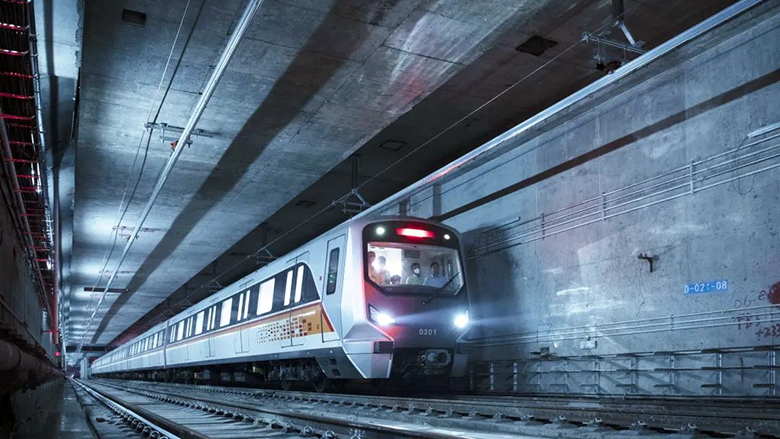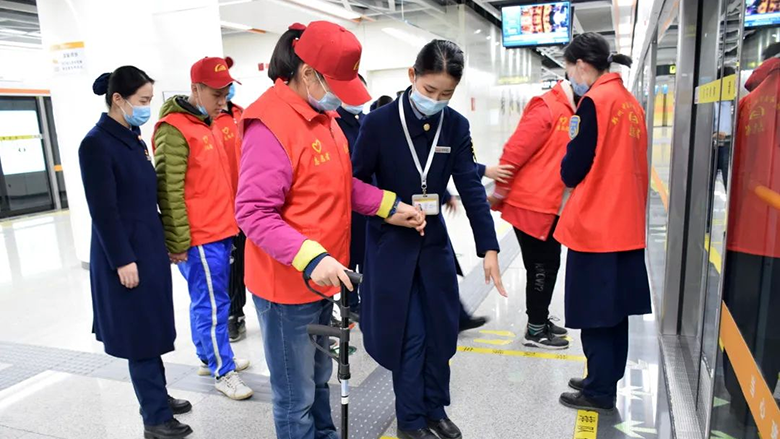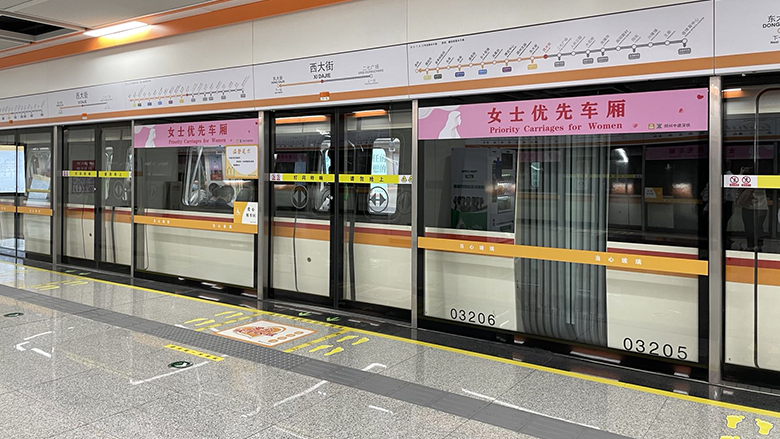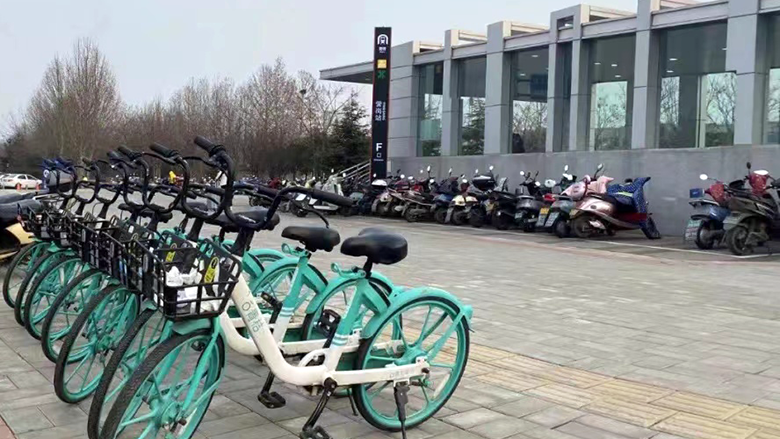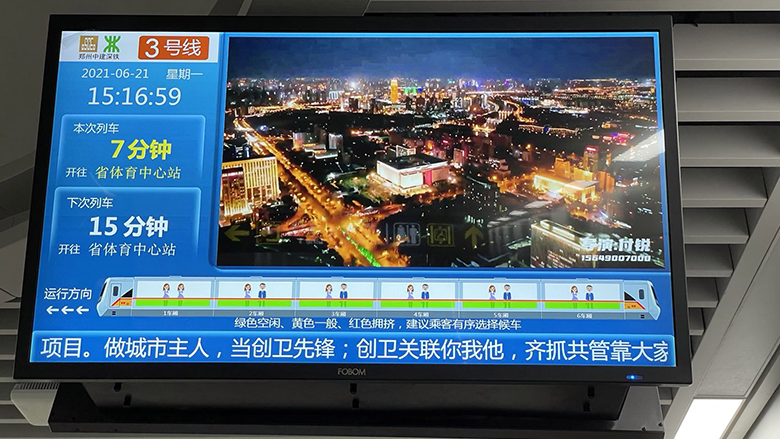Results
The Project contributed to “promoting greener development” under the China Country Partnership Framework, particularly supporting the objective of “promoting low-carbon transport and cities.” The project is estimated to have mitigated 33,960 tons of CO2 emissions in 2021.
- Line 3 provided high-quality, low-carbon mobility services to Zhengzhou residents. Daily ridership reached 140,000 passenger-trips after six months of operation in June 2021. With seven lines in operation in total, urban rail ridership accounted for 43.7 percent of all public transport trips in Zhengzhou during the first half of 2021. In comparison, only two urban rail lines were in operation in 2017, accounting for just18 percent of all public transport trips.
- According to the passenger survey on Line 3 in May 2021, user satisfaction reached 92.7 percent; 45.1 percent of the passengers’ households have access to a car and could otherwise have chosen private mobility.
- Travel time on public transport was significantly reduced. For instance, prior to the operation of Line 3, it took 65 minutes by bus from the Provincial Orthopedic Hospital to Erqi Plaza, while the same trip on Line 3 now takes 25 minutes.
- All stations on Line 3 are equipped with elevators, ramps, and tactile paving to ensure barrier-free accessibility for all passengers. Every train has two women-priority cars where women are given priority for boarding, and 17 stations have nursing rooms for breastfeeding mothers.
Women priority train cars. Photo: Yi Yang/World Bank
- Bus routes were reorganized, and bus, taxi and bicycle interchange facilities were provided to ensure multimodal integration.
Rental bikes for multimodal integration. Photo: Zhengzhou Zhongjian Shen Rail Transit Co., Ltd.
- In addition, the project supported eight workshops on urban rail planning, design and financing, and trained 1,392 staff from Zhengzhou Urban Rail Company and relevant transport agencies.
- The TOD-related recommendations from the technical assistance informed the preparation of two policy documents issued by Zhengzhou Municipality, namely the Guidelines on Integrated Land Development around Rail Transit Depots and Stations in Zhengzhou, and the Opinion on Further Accelerating the Development of Urban Rail Transit in Zhengzhou.
- Despite COVID-19, Line 3 was completed as originally scheduled. The project mobilized labor from neighboring provinces during restrictive travel periods and implemented effective preventive measures on construction sites. During operations, Line 3 introduced equipment such as infrared thermometers and UV disinfection devices, which built the residents’ confidence in the urban rail system.
Bank Group Contribution
The World Bank provided $250 million in IBRD financing to support the construction of Line 3 and the technical assistance to government agencies including the Zhengzhou finance bureau, planning bureau, land bureau, transport bureau and urban rail company.
Partners
The project partnered with the Global Infrastructure Facility (GIF), a World Bank managed multi-donor trust fund, to advise the city of Zhengzhou on the PPP transaction for Line 3. The collaboration was instrumental for Zhengzhou to implement a well-structured PPP with proper risk allocation. The PPP successfully mobilized private capital investment totaling $809 million and brought in private sector expertise in urban rail operations.
Looking Ahead
Ridership on Line 3 is rising steadily with the implementation of sanitation measures to prevent the spread of COVID-19. Zhengzhou continues to develop new urban rail lines and plans to complete 11 lines totaling 326 kilometers by 2025, with the aim of building a mass transit system that will be the backbone of the city’s urban transport system. The urban rail system will contribute significantly to transport decarbonization in Zhengzhou. The best practices of multi-modal integration, barrier-free accessibility, and gender considerations followed by the Line 3 project are being replicated in the new urban rail lines in Zhengzhou.
Beneficiaries
“Compared to other urban rails in Zhengzhou, Line 3 is equipped with more technologies and is more user friendly. For instance, the information display indicates how crowded each train car is, so you know which ones are less so,” said Sai Zhang, a passenger on Line 3.
Information display indicating crowdedness of each train car. Photo: Yi Yang/World Bank
Chengcheng Yu, a staff from Line 3’s planning department said, “Line 3 connects the districts with the highest density in Zhengzhou. It has effectively reduced traffic congestion on the ground and promoted green urban mobility.”
